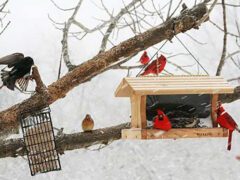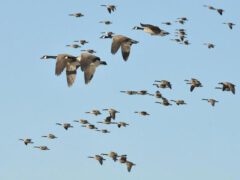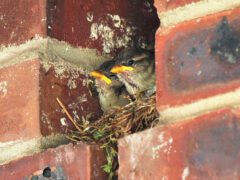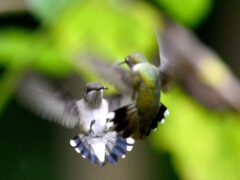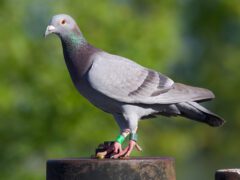A slim, small flycatcher with a fairly long, narrow bill compared to other Empidonax. The wings are short, and the primary feathers do not extend far beyond the tertials (this is often called “short primary projection”). This also makes the tail look rather long.
Relative Size
Larger than a Yellow-rumped Warbler, slightly smaller than a Western Wood-Pewee.

 sparrow-sized or smaller
sparrow-sized or smallerMeasurements- Both Sexes
- Length: 5.5-5.9 in (14-15 cm)
- Weight: 0.4-0.5 oz (11-14 g)
- Wingspan: 8.7 in (22 cm)
- Length: 5.5-5.9 in (14-15 cm)
- Weight: 0.4-0.5 oz (11-14 g)
- Wingspan: 8.7 in (22 cm)

































